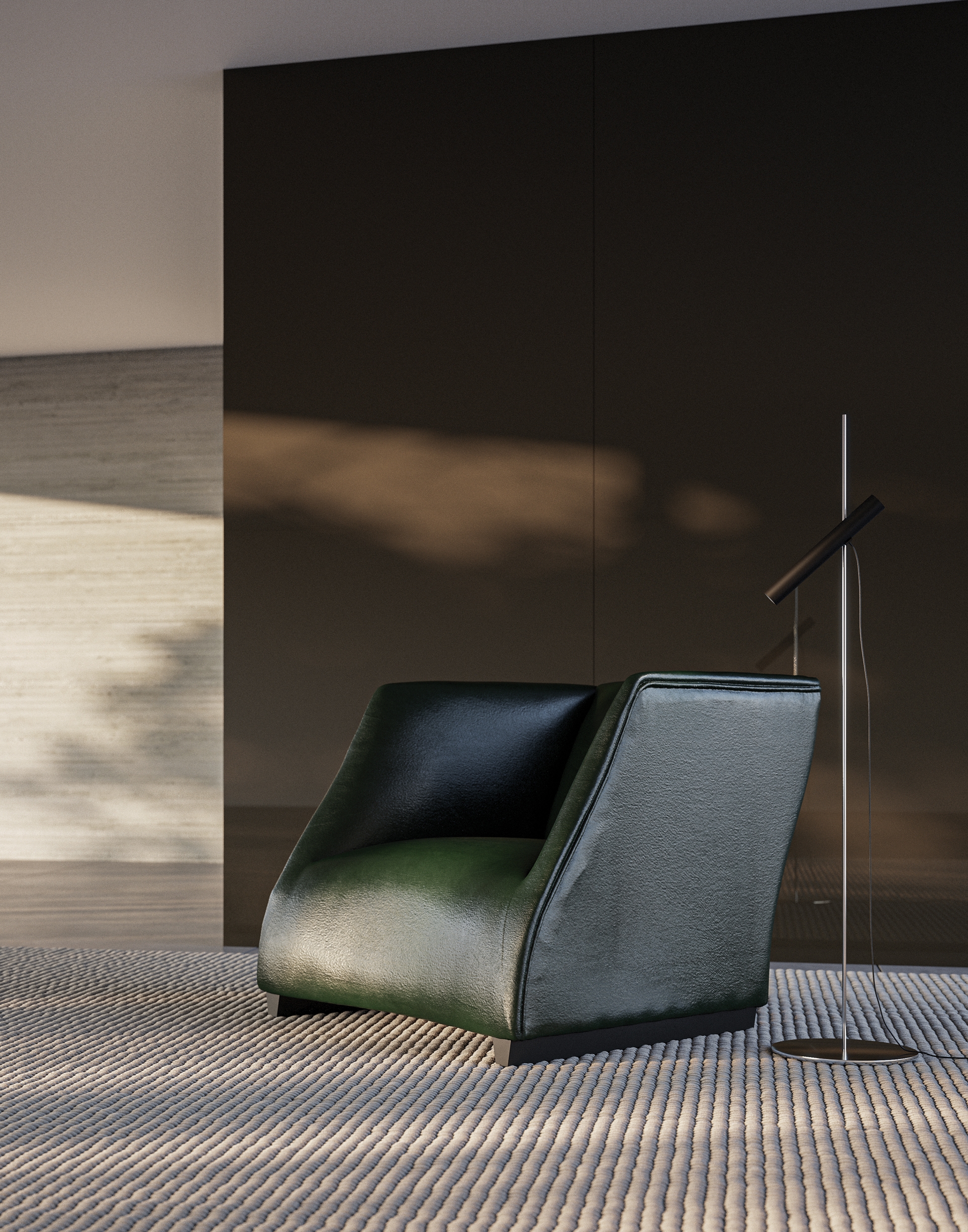Lusty
Rather than having a white cube pierced by windows, Mies used the long horizontal windows on the main floor, similar to the Villa Savoye, but increased their size so they would span the entire height from floor to ceiling. When combined with the open interior arrangement, the large windows removed the traditional sense of walls or massing in a home. Distinctions between interior and exterior are blurred even further than in the Villa Savoye by the fact that the windowpanes can be retracted into the floor and completely disappear. Interior curtains made of silk and velvet can be used to separate the different zones, which are also subtly divided by the arrangement ofthe furniture. Rooms are separated with ceiling height doors, which helped to break down the idea ofthe solidity ofthe wal1. 91 Throughout the house Mies wanted to maintain a seamless continuity of space, so he insisted ceiling height doors with no doorframes and used white rubber to create a flat, seamless interior floor. Like Loos, Mies paid great attention to the materials he used for the interior. On the main floor there are shiny chrome casings for the supporting columns, a wall of honey-colored onyx divides the different zones ofthe floor, and the half-circular wall is sheathed in ebony wood. According to Grete Tugendhat's memoirs, Mies personally selected and customized the onyx wall and the green marble sideboard in the dining area and personally travelled to Paris to retrieve the ebony veneer.
